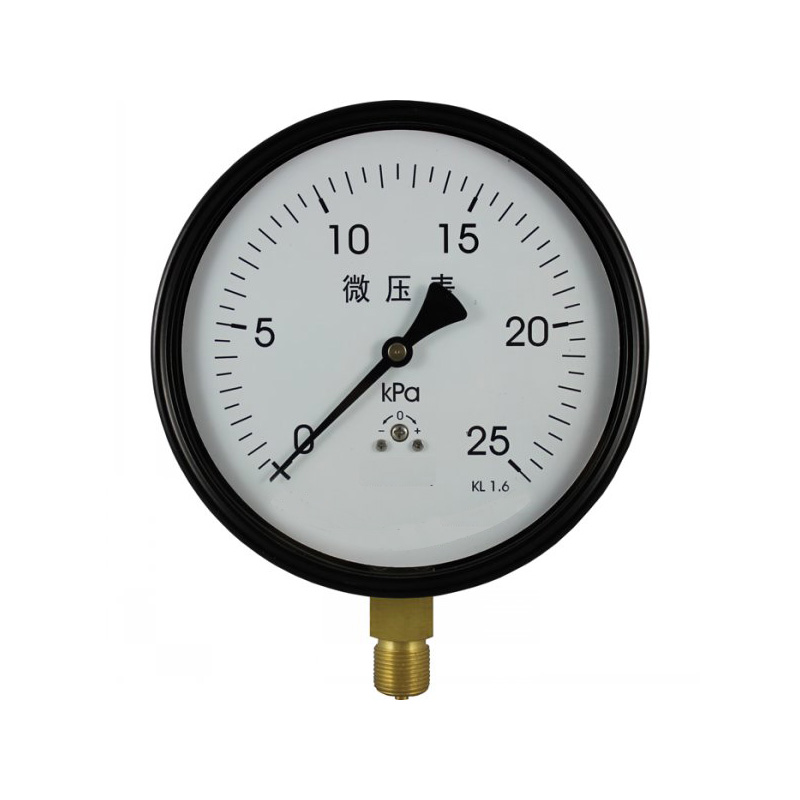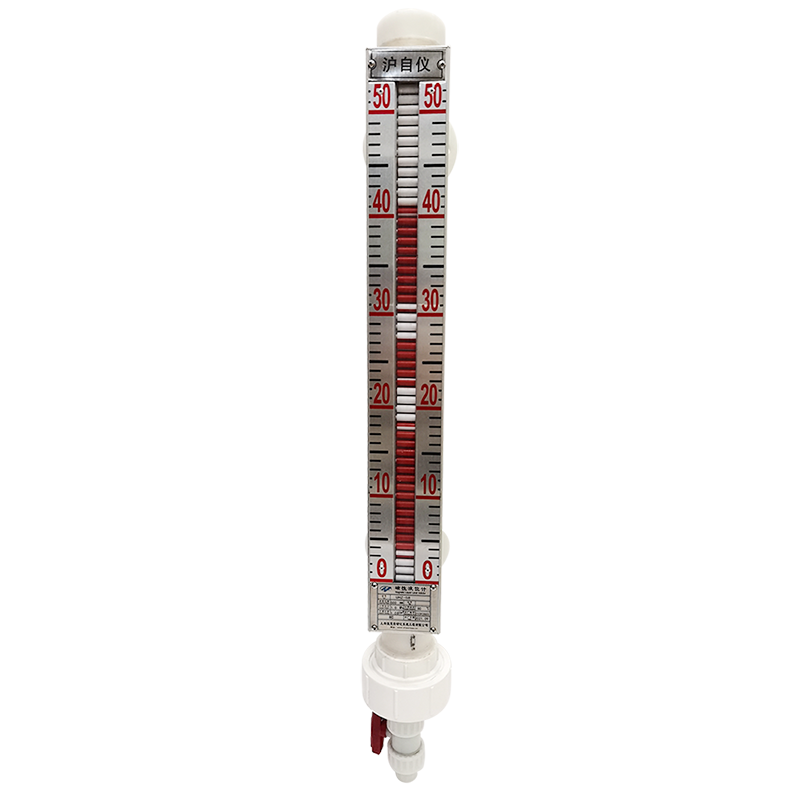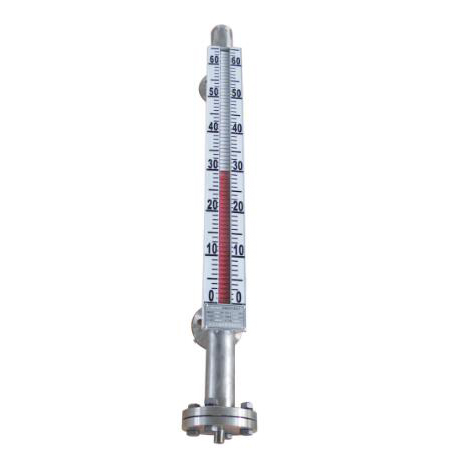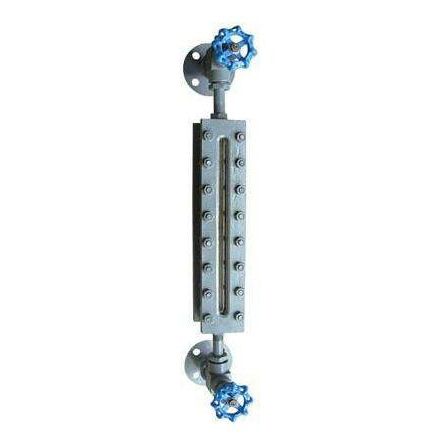Column navigation
Products
- Magnetic level gauge
- Magnetic level gauge
- Magnetic flap level gauge
- Glass plate level gauge
- Float level gauge
Contact Us
contacts:
mobile phone:4006643188
Telephone:13524563188
Email:13524563188@163.com
Address:Shanghai City
Ordinary membrane box pressure gauge
A membrane box micro pressure gauge is an instrument used to detect small pressures. (Generally measuring pressures below 60KPa). Widely used in medicine, heating, gas pipelines, gas pipelines, air conditioning, and many industrial fields.
Application
A membrane box micro pressure gauge is an instrument used to detect small pressures. (Generally measuring pressures below 60KPa). Widely used in medicine, heating, gas pipelines, gas pipelines, air conditioning, and many industrial fields.
The ordinary membrane box micro pressure gauge is used to measure the small pressure of gases that have no corrosive effect on copper alloys. Their common feature is that both the membrane box material and the joint material are copper alloy.
principle
Micro pressure gauges mainly rely on diaphragm boxes as sensing elements to measure pressure. There are two types of diaphragm boxes, one is made by welding two elastic metal diaphragms, and the other is made by welding the diaphragms to the base seat (known as single diaphragm boxes). The outer surface of the membrane box is welded with a connecting rod and connected to the gear movement. When gas pressure is transmitted to the membrane box, the membrane box wall will deform and change with the change of pressure. This change is amplified by the gear transmission mechanism through the connecting rod, and the pressure value is indicated on the dial by the pointer fixed on the gear shaft.
Main technical parameters
Case material: ST13 spray black plastic
Thread material: brass
Material of membrane box: Tin bronze
Measurement range: 0-0.25KPa~0-60KPa
Glass: Tempered glass
Accuracy: Level 1.6, Level 2.5
Thread: M10 × 1, M14 × 1.5, M20X1.5,NPT1/8,NPT1/4, NPT1/2,G1/8,G1/4 ,G1/2…….
Protection level: IP54
Environmental temperature:- 25…+55℃
Temperature effect: ≤ 0.4 ℃ (using temperature deviation of 20 ± 5 ℃)







